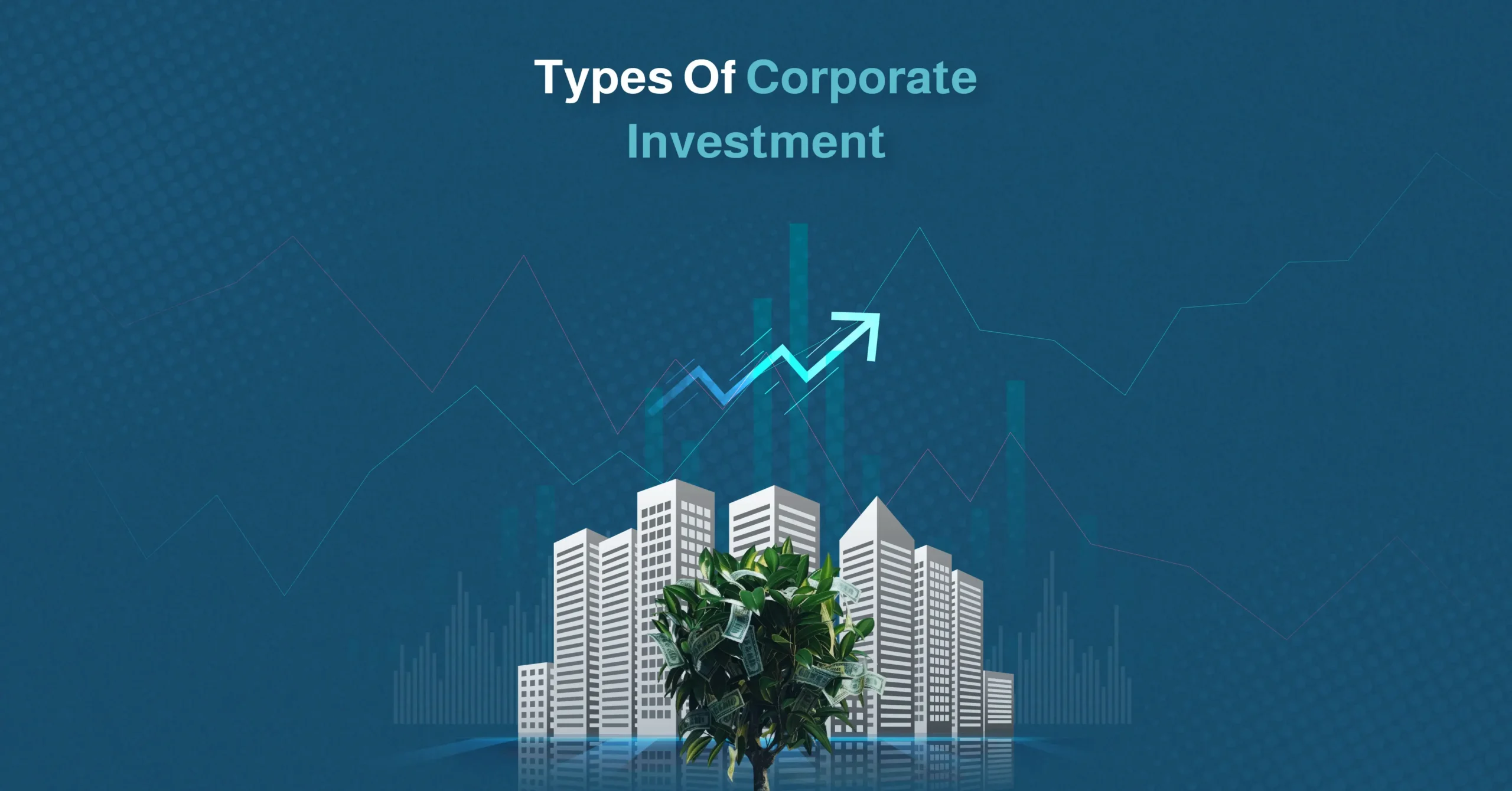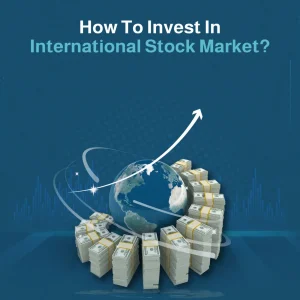1. Understanding the Different Types of Corporate Investments
Corporate investment isn’t just about parking excess cash in stocks or expanding physical assets. It’s a strategic tool. The types of corporate investment a company chooses often reveal more about its long-term thinking than any press release or quarterly earnings call ever could.
Let’s define the basics before getting into the nuances. The most common types of corporate investment include:
- Equity investments: Purchasing shares in other companies, either private or public.
- Debt instruments: Investing in bonds or extending credit to generate returns.
- Mergers & Acquisitions (M&A): Buying out companies to absorb capabilities, IP, or markets.
- Real assets: Real estate, infrastructure, and tangible capital.
- Research and development (R&D): Pouring capital into innovation.
- Digital assets: Including IP rights, software platforms, and tokenized assets.
Some of these are traditional. Others are emerging. What’s changed is how they’re prioritized and combined. Smart corporations today aren’t just diversifying risk. They’re diversifying influence — across markets, ecosystems, and narratives.
Saudi Arabia’s Vision 2030 is a prime example of how a national strategy can drive corporate investment behavior. Under its roadmap, businesses aren’t just encouraged to grow — they’re being nudged to lead in new industries: AI, biotech, tourism, green energy. That changes the equation for what “investment” even means.
You can start investing now from the Gamma Asset Investment Platform
2. Exploring Investment Options for Corporations
When most executives think of investment, they think capital allocation: What gives the best return? That’s important — but short-sighted. The best types of corporate investment do three things:
- Generate profit
- Build strategic control
- Future-proof the business
Here are some high-impact but often underused options:
Strategic Minority Stakes
Buying 10–30% in a company gives you a seat at the table without full responsibility. In tech, this is common. Amazon’s investment in Rivian wasn’t just about EVs — it was a hedge against future logistics costs. In Saudi Arabia, sovereign entities like PIF (Public Investment Fund) frequently use this model to quietly steer innovation while spreading risk.
Vertical Integration
This includes investments in logistics, manufacturing, or supply chain components. It’s often ignored in favor of faster-moving financial plays, but vertical control can shield companies from global shocks — think pandemic-era supply chain breakdowns.
Data Infrastructure
Investing in proprietary data ecosystems isn’t always visible on a balance sheet, but it’s critical. A retail chain building its own AI forecasting tool or logistics network is, in effect, investing in durable competitive advantage.
Public-Private Partnerships (PPPs)
Under Vision 2030, Saudi Arabia is opening up massive PPPs across tourism, energy, and smart infrastructure. These investment opportunities blend state backing with corporate expertise. The return isn’t always immediate, but the long-term payoff — market dominance, first-mover advantage — can be significant.
So, how prevalent are Foreign Direct Investments (FDI) compared to domestic capital in these large projects? FDI has grown sharply in the Kingdom, but it’s not eclipsing local giants. Instead, we’re seeing joint ventures, hybrid funding models, and co-branded initiatives. Corporations are playing both sides: foreign capital brings in expertise and scale, while domestic capital ensures control and compliance.
3. A Comprehensive Guide to Corporate Investment Strategies
The types of corporate investment you choose reflect your risk profile, timeline, and strategic vision. But most companies don’t think beyond returns. That’s where the real edge is lost.
Let’s walk through a simple mental model:
Control vs. Return vs. Narrative
| Strategy Type | Control | Return Potential | Narrative Power |
| Passive stock investment | Low | Moderate | Weak |
| M&A (acquisition) | High | High (risky) | Strong |
| R&D investment | Moderate | Long-term | Very strong |
| Strategic partnerships | Shared | Moderate | Strong |
| Infrastructure (real estate, logistics) | High | Stable | Moderate |
Now add in another filter: Is it future-proof?
This is where most companies miss the mark. They invest in assets that made sense five years ago. Not what will lead five years from now.
In Saudi Arabia’s evolving market, this matters more than ever. For example:
- Tourism infrastructure sounds safe, but the real upside lies in digital-first experiences, where data, content, and customer behavior loops create long-term value.
- Green hydrogen investments can look speculative now, but in 10 years, they may anchor global energy networks.
Understanding the types of corporate investment is not about following the trend. It’s about predicting where the trend has to go — and getting there early enough to shape it.
4. Diversifying Your Corporate Portfolio: Types of Investments to Consider
Here’s the thing about diversification: it’s not just about owning unrelated assets. It’s about being unpredictable to your competitors.
Let’s push beyond the usual categories:
1. Intellectual Property (IP) Assets
Companies are increasingly investing in IP portfolios — not just to protect their innovations, but to generate royalties, control markets, and block rivals. Think of it as legal offense.
2. Tokenized Real Assets
Thanks to blockchain, you can invest in fractional real estate, infrastructure projects, or even artwork. This opens up liquidity and diversification previously reserved for institutional players. It also allows corporates to offer investors new asset classes.
3. Litigation Finance
Yes, you can invest in lawsuits — funding cases in exchange for a share of the judgment. In markets like the US or UK, it’s becoming a growing niche. It’s high risk, high reward, and rarely correlated to economic cycles.
4. In-House Accelerators
Instead of investing in external startups, corporations are building internal accelerators — mini funds that back their own employees’ ideas. This helps retain talent, surface innovation, and build a reputation as a future-facing company.
5. ESG-Driven Assets
Environmental, Social, and Governance (ESG) investing is no longer just a PR move. Investors, governments, and consumers are demanding proof. Corporate investments into green energy, social housing, or ethical supply chains are now essential for long-term credibility.
Saudi Arabia’s Vision 2030 strategy specifically encourages corporations to lead in these areas — offering incentives, regulatory fast-tracking, and public recognition.
And when we ask: What roles do Sovereign Wealth (PIF) and public-private partnerships play?
The answer is: they drive structure. PIF leads by example, launching multi-billion dollar projects that smaller players can follow or support. PPPs bring capital, stability, and legitimacy — especially in high-capex industries.
5. Maximizing Returns: Key Types of Corporate Investment Opportunities
Let’s stop pretending “maximizing returns” means chasing quick wins. The best returns today often come from structural positioning — placing capital in areas where growth is guaranteed by policy, infrastructure, or demographic shifts.
Here are sectors where types of corporate investment are creating outsized returns:
- Logistics & warehousing in Saudi Arabia — boosted by Vision 2030 trade ambitions
- AI & automation for internal cost-cutting and external service scaling
- Education tech — especially for vocational and digital learning
- Healthcare infrastructure — not just hospitals, but data systems, telemedicine, and biotech
- Entertainment — from music rights to esports, media is becoming a major asset class
That’s where Gamma Assets comes in. As a platform built to modernize access to investment in traditionally closed markets, Gamma helps corporations and investors find structured opportunities in sectors shaped by Vision 2030 — from tokenized real estate to innovation funding. It brings transparency, fractional ownership, and global access to Saudi-focused investment opportunities.
If you’re planning your next move, think about this: What types of corporate investment will give you not just a higher return — but a higher ground?
More topics can be read on the Gamma blog
Invest Like a Builder, Not Just a Buyer
The types of corporate investment available today go far beyond the obvious. They’re not just financial tools — they’re strategic bets on the kind of company you want to be.
Saudi Arabia’s rapid transformation is proving that the corporations with the boldest, smartest investment strategies aren’t just making more money. They’re shaping markets, influencing policy, and owning the narrative.
Stop investing like it’s 2015. Start thinking like a builder.













